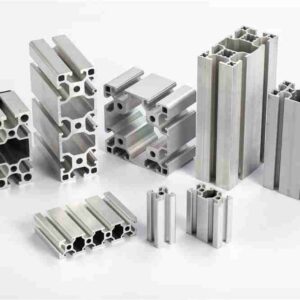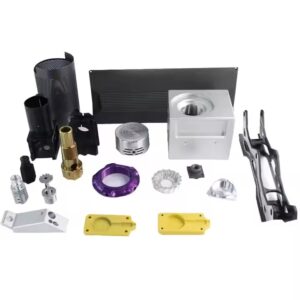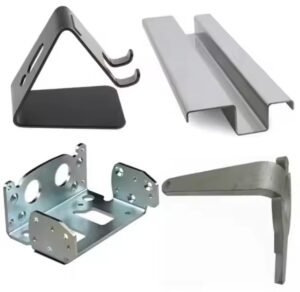The Basics of Aluminum Extrusion: A Comprehensive Guide
Introduction
Welcome to our comprehensive guide on the basics of aluminum extrusion. In this article, we will explore the world of aluminum extrusion, from its definition and process overview to the benefits, applications, and recent innovations. Whether you are new to the field or looking to expand your knowledge, this guide will provide you with valuable insights into the fascinating world of aluminum extrusion.
The Basics of Aluminum Extrusion
Aluminum extrusion is a manufacturing process that involves shaping aluminum alloys by forcing them through a die. The process begins with the heating of aluminum billets, which are then pushed through the die using a hydraulic or mechanical press. As the aluminum passes through the die, it takes on the shape of the desired cross-section, resulting in long, continuous profiles with consistent dimensions.

A. Definition and Process Overview
- Aluminum extrusion is a manufacturing technique that creates complex profiles with consistent shapes and dimensions.
- The process involves heating aluminum billets and forcing them through a die using a press to create the desired profile.
B. Benefits and Advantages of Aluminum Extrusion
- Aluminum extrusion offers numerous benefits, making it a preferred choice in various industries.
- Lightweight: Aluminum is lightweight, allowing for the creation of strong and durable structures without adding excessive weight.
- Versatility: Aluminum extrusions can be designed in a wide range of shapes and sizes, offering versatility in applications.
- Corrosion Resistance: Aluminum has inherent corrosion resistance, making it suitable for outdoor and corrosive environments.
- Cost-Effective: Aluminum extrusion is a cost-effective manufacturing process, offering efficiency in material usage and production.
C. Common Applications and Industries
Aluminum extrusion finds extensive use in various industries due to its unique properties and versatility. Some common applications include:
- Architecture and Construction: Aluminum extrusions are widely used in architectural elements, such as window frames, curtain walls, and structural components.
- Automotive and Transportation: Lightweight and durable aluminum extrusions contribute to fuel efficiency and structural integrity in the automotive and transportation sectors.

- Electronics and Electrical: Aluminum extrusions provide heat dissipation capabilities in electronic enclosures and heat sinks.
- Industrial and Machinery: Aluminum extrusions are used in the manufacturing of machinery, conveyors, frames, and structural components.
- Consumer Goods: From furniture to household appliances, aluminum extrusions offer design flexibility and durability in consumer products.
Exploring Different Aluminum Alloys for Extrusion
Aluminum alloys used in extrusion offer varying properties and characteristics, allowing for tailored solutions in different applications.
A. Overview of Aluminum Alloys Used in Extrusion
- Commonly used aluminum alloys for extrusion include the 6000 series (Al-Mg-Si) and 1000 series (pure aluminum).
- Each alloy offers specific attributes in terms of strength, corrosion resistance, heat treatability, and surface finish.
B. Key Properties and Characteristics of Different Alloys
- Discuss the properties of commonly used aluminum alloys, such as 6061, 6063, and 6082, and their respective benefits in extrusion applications.
- Highlight the importance of alloy selection based on specific requirements, such as strength, formability, and machinability.
C. Choosing the Right Alloy for Specific Applications
- Consider the application requirements, including mechanical properties, corrosion resistance, and surface finish, to determine the most suitable aluminum alloy for a given project.
- Collaborate with alloy suppliers and extrusion experts to ensure the optimal alloy selection for your specific application.
Design Considerations for Successful Aluminum Extrusion Projects
Design plays a crucial role in the success of aluminum extrusion projects. Consider the following factors to achieve optimal results.
A. Design Principles and Guidelines
- Keep it Simple: Design profiles with simplicity in mind, minimizing complex features that may affect extrudability and increase production costs.
- Wall Thickness: Maintain consistent wall thickness throughout the profile to ensure uniformity and avoid issues such as warping and distortion.
- Fillets and Radii: Incorporate fillets and radii in the design to reduce stress concentrations and improve the structural integrity of the extruded profile.
- Tolerances: Understand the capabilities of the extrusion process and set appropriate tolerances to achieve the desired dimensional accuracy.
- Draft Angles: Include draft angles in the design to facilitate the removal of the extruded part from the die and prevent sticking or damage.
- Symmetry and Balance: Design profiles with symmetry and balance to ensure even material flow during extrusion, resulting in consistent profiles.
B. Factors Influencing Design Choices
- Function and Application: Consider the intended function and application of the extruded profile to determine the required structural properties and design features.
- Production Efficiency: Optimize the design for efficient production, taking into account factors such as material usage, extrusion speed, and die life.
- Cost Considerations: Balance the design requirements with cost considerations, aiming for cost-effective solutions without compromising performance or quality.
C. Optimizing Designs for Cost-Effective Extrusion
- Collaborate with experienced extrusion engineers to analyze and optimize the design for efficient extrusion, reducing material waste and production time.
- Conduct design iterations and simulations to identify potential issues and refine the design before manufacturing.
Surface Finishing Options for Aluminum Extruded Profiles
Surface finishing enhances the appearance, protection, and functionality of aluminum extruded profiles. Explore the following options for achieving the desired surface characteristics.
A. Anodizing and its Benefits
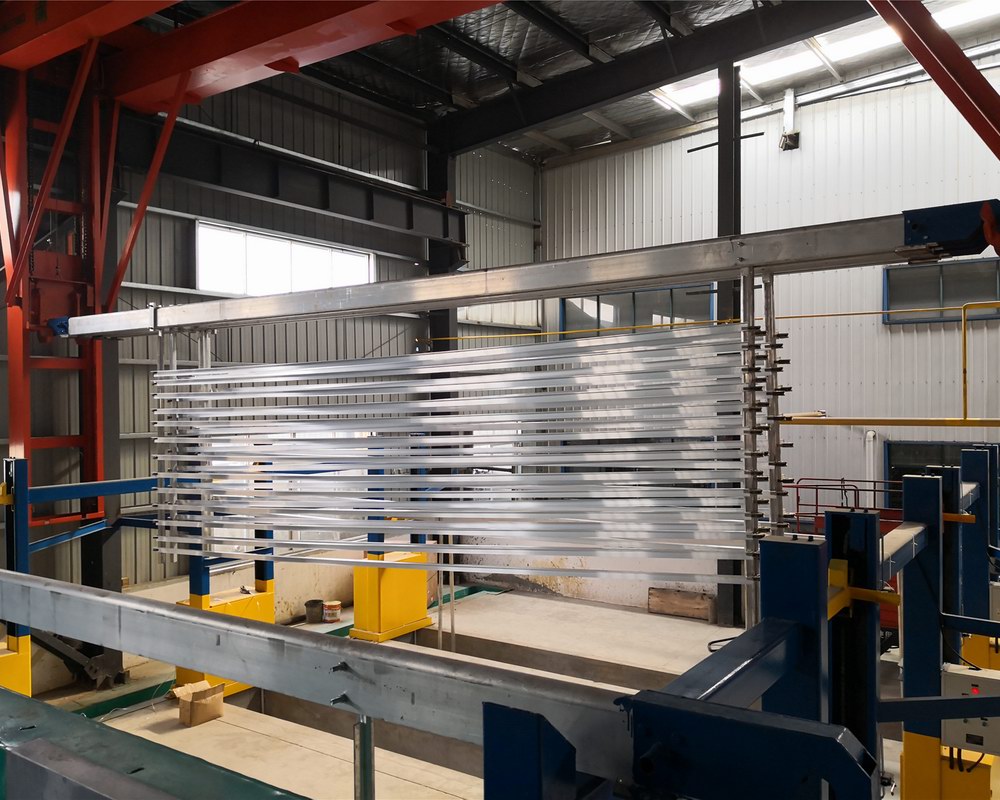
- Anodizing is an electrochemical process that creates a protective oxide layer on the surface of the aluminum.
- Benefits of anodizing include increased corrosion resistance, improved wear resistance, enhanced aesthetics, and the ability to add colors.
B. Powder Coating and Other Finishing Techniques
- Powder coating involves the application of a dry powder onto the surface of the extruded profile, followed by curing to create a durable and attractive finish.
- Other finishing techniques include painting, polishing, brushing, and various decorative coatings, offering a wide range of aesthetic options.
C. Considerations for Selecting the Appropriate Finish
- Consider factors such as the desired appearance, environmental conditions, functional requirements, and budget when selecting the appropriate surface finish.
- Consult with surface finishing experts to determine the most suitable finish for your specific application.
Innovations in Aluminum Extrusion Technology
The field of aluminum extrusion is constantly evolving, driven by technological advancements and industry demands. Explore the latest innovations and their impact on the extrusion process.
A. Advancements in Extrusion Equipment and Machinery
- Discuss the latest developments in extrusion equipment, including improved heating systems, advanced billet handling, and precise control systems.
- Highlight the benefits of advanced machinery, such as increased production speeds, enhanced process control, and improved product quality.
B. Emerging Trends and Technologies in the Field
- Explore emerging trends in aluminum extrusion, such as the use of simulation software for design optimization, additive manufacturing for creating complex extrusion dies, and Industry 4.0 integration for real-time monitoring and data analysis.
- Discuss the potential impact of these trends on productivity, efficiency, and sustainability in the aluminum extrusion industry.
C. Impacts on Efficiency, Precision, and Sustainability
- Emphasize the positive effects of technological advancements on extrusion efficiency, enabling faster production cycles, reduced material waste, and improved overall productivity.
- Highlight the role of advanced technologies in achieving higher precision and tighter tolerances, resulting in extruded profiles with superior quality and dimensional accuracy.
- Discuss the sustainability benefits of innovative extrusion processes, such as energy-efficient heating systems, recycling initiatives, and the use of environmentally friendly coatings.
Applications of Aluminum Extrusion in Various Industries
Aluminum extrusion finds widespread application across diverse industries, thanks to its versatility, strength, and lightweight properties. Explore some key sectors where aluminum extrusion plays a vital role.
A. Automotive Industry and Lightweighting
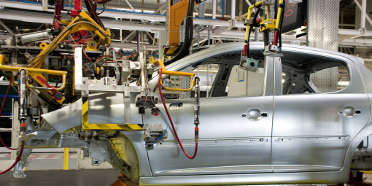
- Discuss the use of aluminum extrusions in automotive components, such as body frames, chassis, and engine parts, to reduce weight and improve fuel efficiency.
- Highlight the benefits of aluminum extrusion in electric vehicles (EVs) for their lightweight construction and structural integrity.
B. Construction and Architectural Applications
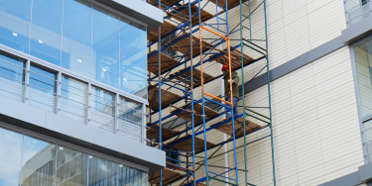
- Explore the use of aluminum extrusions in construction projects, including window frames, curtain walls, roofing systems, and structural support.
- Discuss the advantages of aluminum extrusion in architectural applications, such as design flexibility, durability, and thermal performance.
C. Electronics, Aerospace, and Other Sectors
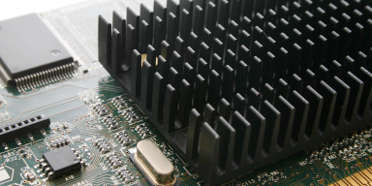
- Highlight the role of aluminum extrusion in the electronics industry, where it is used for heat sinks, enclosures, and mounting brackets, ensuring efficient heat dissipation and protection.
- Discuss the aerospace sector, where aluminum extrusions are utilized in aircraft components, such as wings, fuselage sections, and interior fixtures, contributing to weight reduction and improved aerodynamics.
- Mention other sectors, such as consumer goods, industrial machinery, and renewable energy, where aluminum extrusion offers unique solutions for product design and performance.
Environmental Benefits and Sustainability of Aluminum Extrusion
Aluminum extrusion is not only versatile and efficient but also environmentally friendly. Explore the environmental benefits and sustainability aspects of aluminum extrusion.
A. Energy Efficiency and Recyclability of Aluminum
Aluminum extrusion is known for its energy-efficient production process. Compared to other metal fabrication methods, extrusion requires significantly less energy. The heating and shaping of aluminum billets during extrusion consume less power, contributing to reduced energy consumption and lower carbon emissions.
Moreover, one of the most significant environmental benefits of aluminum extrusion is its recyclability. Aluminum is a highly recyclable material, and extruded profiles can be recycled repeatedly without any loss in their properties. Recycling aluminum requires only a fraction of the energy needed for primary production, further reducing energy consumption and greenhouse gas emissions.
B. Life Cycle Analysis and Environmental Impact
Life cycle analysis (LCA) studies have shown that aluminum extrusion has a favorable environmental profile compared to alternative materials. Aluminum’s light weight contributes to energy savings during transportation and reduces the overall environmental impact.
Additionally, aluminum extrusion’s long lifespan and durability result in extended product use, minimizing the need for replacements. This longevity reduces waste generation and conserves natural resources.
C. Industry Initiatives and Certifications Promoting Sustainability
The aluminum extrusion industry actively promotes sustainability through various initiatives and certifications. One such initiative is the Aluminum Stewardship Initiative (ASI), which establishes responsible sourcing and production standards for the aluminum value chain. ASI certification ensures that aluminum used in extrusion processes adheres to strict environmental, social, and governance criteria.
Certifications such as Leadership in Energy and Environmental Design (LEED) recognize the sustainability of buildings and structures that incorporate aluminum extrusions. These certifications encourage the use of environmentally friendly materials and construction methods, further promoting the adoption of aluminum extrusion in sustainable building projects.
By choosing aluminum extrusion, industries can contribute to a greener future by reducing energy consumption, minimizing waste, and supporting responsible production practices.
Overcoming Challenges in Aluminum Extrusion
While aluminum extrusion offers numerous advantages, there are challenges that manufacturers may face during the process. Understanding and addressing these challenges is crucial to ensure successful extrusion projects.
A. Common Issues and Troubleshooting Techniques
- Discuss common issues encountered during extrusion, such as surface defects, dimensional variations, and die-related problems.
- Provide troubleshooting techniques and strategies to overcome these issues, such as adjusting process parameters, optimizing die design, and implementing quality control measures.
B. Quality Control and Process Optimization
- Emphasize the importance of quality control in aluminum extrusion, including regular inspections, dimensional checks, and material testing.
- Highlight process optimization techniques, such as die design optimization, extrusion speed control, and temperature monitoring, to achieve consistent quality and efficiency.
C. Ensuring Consistency and Precision in Extrusion Projects
- Discuss the significance of process control and monitoring to ensure consistent results in aluminum extrusion.
- Highlight the use of advanced technologies, such as real-time process monitoring systems and automated inspection techniques, to maintain precision and quality throughout production.
Conclusion
Aluminum extrusion is a versatile and sustainable manufacturing process with wide-ranging applications across industries. Its benefits, such as lightweight design, customization options, and recyclability, make it a preferred choice for various projects. By understanding the basics of aluminum extrusion, considering design principles, embracing technological advancements, and prioritizing sustainability, manufacturers can unlock the full potential of this remarkable process. As we continue to explore new possibilities and advancements in aluminum extrusion, its significance in modern industries will only grow, contributing to a greener and more efficient future.

